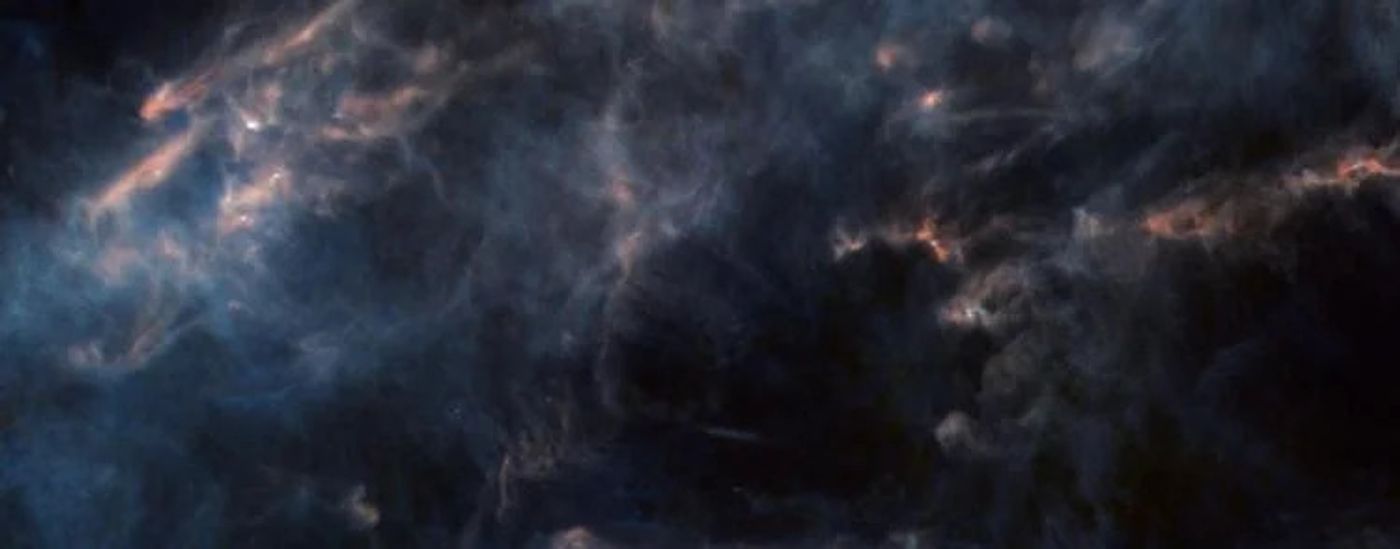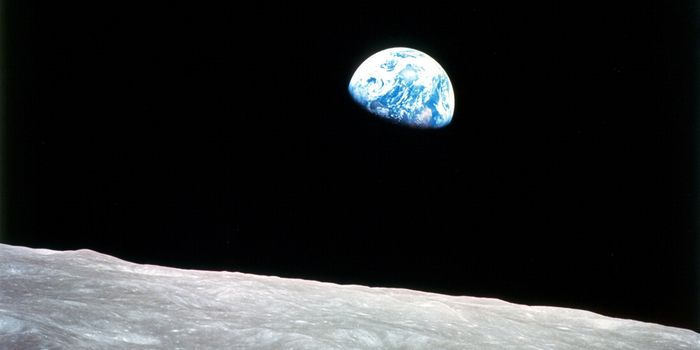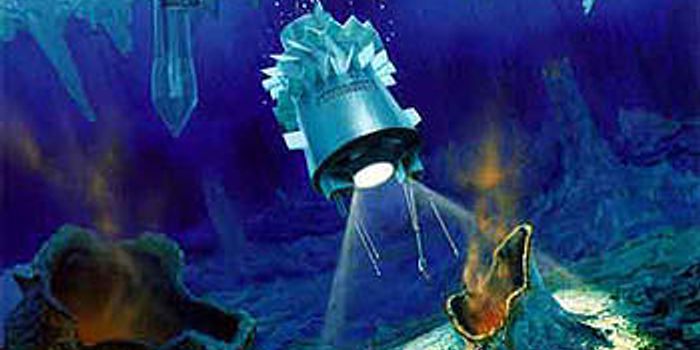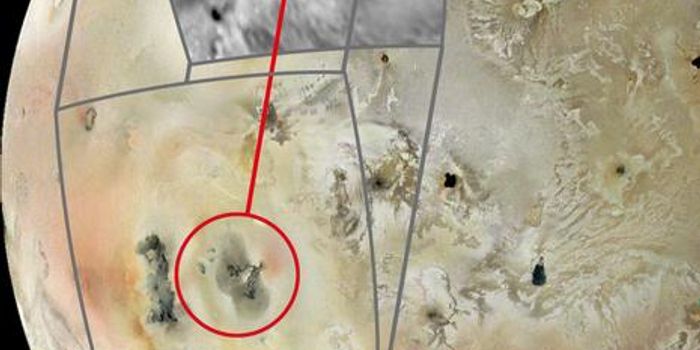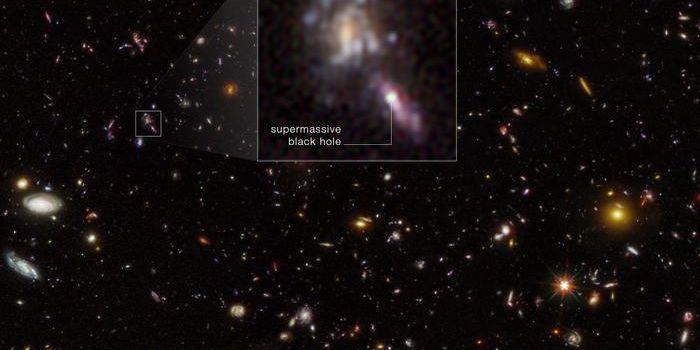Molecular Chemistry of "Stellar Nurseries" Unveiled
The Taurus Molecular Cloud (TMC-1) imaged by the Herschel Space Observatory. (Credit: ESA/Herschel/NASA/JPL-Caltech; acknowledgement: R. Hurt, JPL-Caltech; CC BY-SA 3.0 IGO)
Approximately 4.6 billion years ago, our solar system was formed from a solar nebula, which is a rotating cloud of gas and dust that eventually collapsed under its own gravity. As the speed of the rotating nebula increased, this eventually flattened into a disk with all the material being pulled into the center, and alas, our Sun was born.
This entire process stemmed from a molecular cloud, also called a “stellar nursery”, which are comprised of cold gas and dust responsible for birthing stars and planets. But what astrophysical processes are behind the birthing of stars and planets within these unique regions of space?
This is what an international team of researchers led by the University of Colorado, Boulder (CU Boulder) hope to learn in a recent study where they reveal the formation of large organic molecules within stellar nurseries. This study holds the potential for helping scientists better understand both the formation and evolution of stars and planets that encompass our own solar system, and possibly other solar systems, as well.
“In these cold molecular clouds, you’re creating the first building blocks that will, in the end, form stars and planets,” said Dr. Jordy Bouwman, who is a research associate at the Laboratory for Atmospheric and Space Physics (LASP) and assistant professor in the Department of Chemistry at CU Boulder, and lead author of the study.
For the study, the researchers examined a stellar nursery known as the Taurus Molecular Cloud (TMC-1), which is approximately 440 light-years from Earth, and is referred to as am “accreting starless core”, meaning its cloud has begun the process of collapsing but astronomers have yet to observe infant stars being birthed inside of it.
The study’s results were dependent on a molecule called ortho-benzyne, and combining laboratory experiments with computer simulations, the team was able to demonstrate that ortho-benzyne can combine with other molecules in space to create wider ranges of larger organic molecules.
“We’re only at the start of truly understanding how we go from these small building blocks to larger molecules,” said Dr. Bouwman. “I think we’ll find that this chemistry is so much more complex than we thought, even at the earliest stages of star formation.” Dr. Bouwman also said that ortho-benzyne is responsible for driving the gas-phase organic chemistry occurring within stellar nurseries.
While these findings are profound, Dr. Bouwman added there’s still a lot of work that needs to be done be scientists to fully recognize all of the reactions occurring in TMC-1, saying he wishes to examine how organic molecules accumulate nitrogen atoms, which are key components of both the amino acids and DNA of living organisms on Earth.
Sources: NASA, NASA (1), Nature Astronomy, EurekAlert!, AstroPix
As always, keep doing science & keep looking up!
